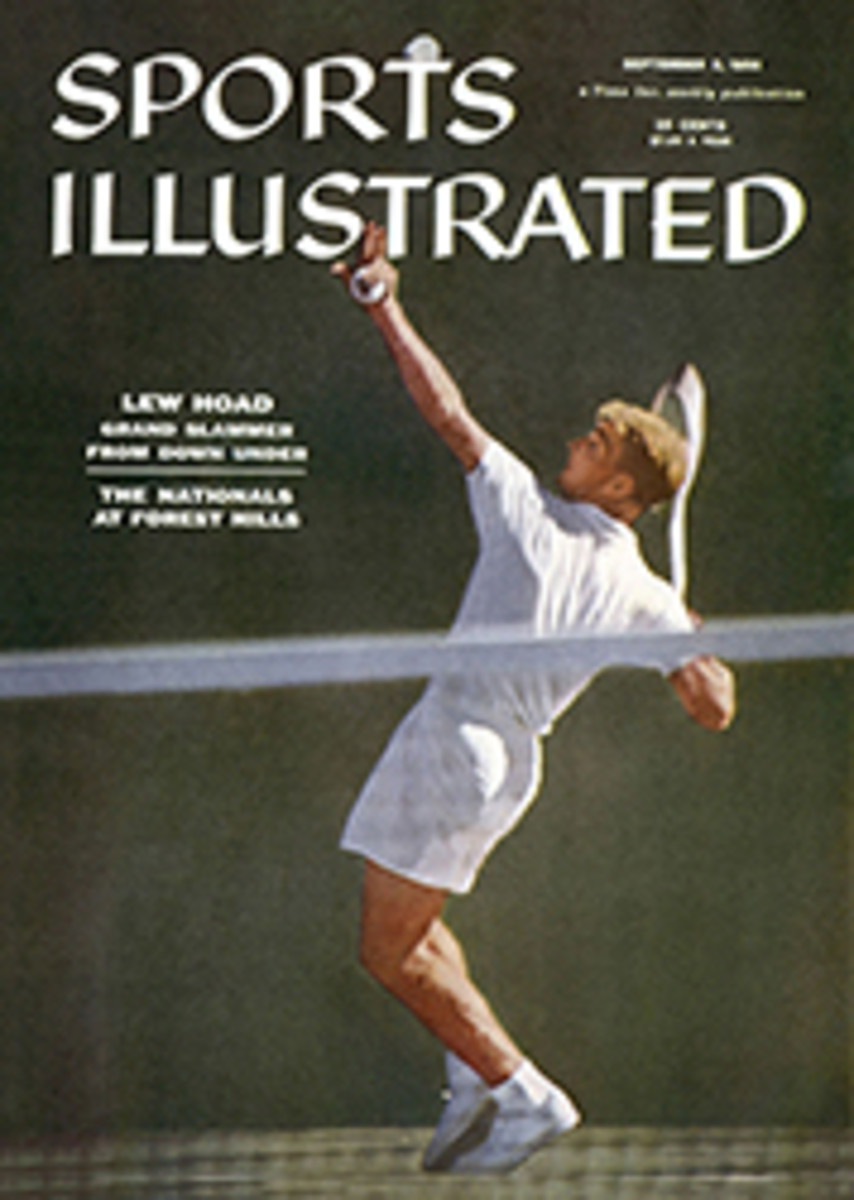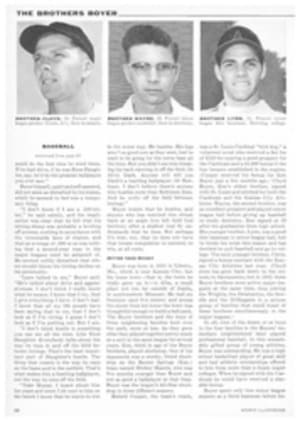
for all golfers, inconsistent putters especially
Since 30 to 45% of your total strokes are putts, whatever would improve your putting is worth your thought and study. An important part of putting understood by few average golfers is how to read the grain or the directional "nap" of a green.
Generally the grass on any one green will be consistent in the direction of its growth. On some mountain and seaside courses the grasses on all the greens grow in the same direction. However, on most courses you will find an occasional green which is inconsistent in itself—the grass in one part of the green has an entirely different directional nap than the grass in another part of that same green. The most important place to look is around the cup since the ball will be traveling slower there and will be more affected by the grain.
You should, of course, glance at more than one spot along the line of your putt but you can usually get a quick idea of the grain you're dealing with by looking at an area some 10 to 20 feet from you. If it has a dark cast to it, you can figure that the grass is growing toward you. (Putting against the grain, you must tap the ball harder.) If the grass has a light, glossy sheen to it, you can figure the grass is growing away from you. (Putting with the grain, you would naturally tap the ball a shade softer.) I think it is too complicating for the average golfer to bother unduly with cross grains, but they do, to be sure, have an obvious effect on the rolling ball.
from ARNOLD BROWNING, Guyan Country Club, Huntington, W. Va.
ILLUSTRATION
ILLUSTRATION
against the grain
ILLUSTRATION
with the grain
TWO PHOTOS
NEXT WEEK: ART WALL ON FOLLOWING THROUGH IN PUTTING

